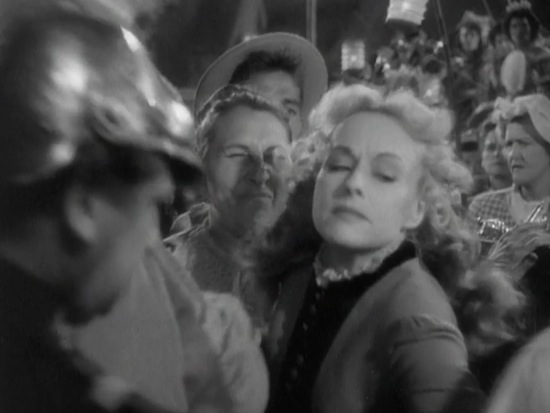The Diary of a Chambermaid

Jean Renoir’s The Diary of a Chambermaid has been criticized — sometimes harshly — because, these critics have claimed, Renoir doesn’t have a handle on his themes.
Is it a Continental sex-comedy? If so, then the movie (with its gothic setting, and its portrayal of insanity, greed, sociopathic lust and murder) isn’t funny enough — nor, given how many American actors it features, and given the artificiality of its settings, is it particularly Continental. Perhaps, then, it is a partisan critique of the capitalist social order, of bourgeois forms and norms? If so, then the movie (in which peasants and aristocrats alike are simpletons, and the one liberal — portrayed by Burgess Meredith — is a raving lunatic) isn’t critical enough; Buñuel’s later, surrealist adaptation of Mirbeau’s novel makes this one look confused and compromised.
Comical yet not funny, equal-opportunity in its portrayal of human folly, artificial in the extreme: As its more perceptive critics have noted, what Renoir wants to communicate in The Diary of a Chambermaid is dream logic. And that is what the blocking in this scene — in which Célestine (Paulette Goddard), the aristocrat Georges Lanlaire (Hurd Hatfield), and the murderous valet Joseph (Francis Lederer) struggle through a chaotic crowd — thematizes with nightmarish clarity.

